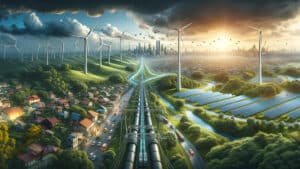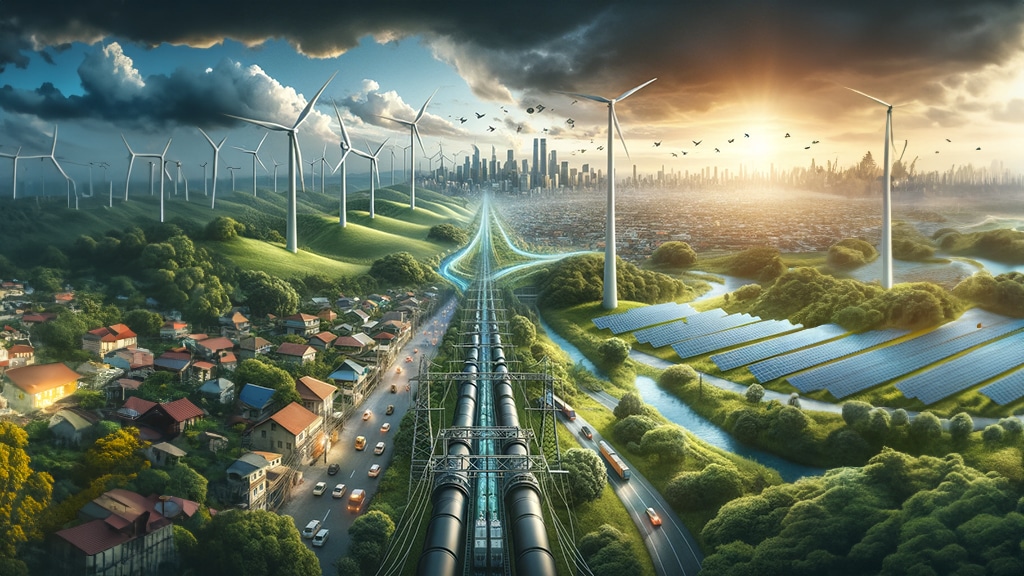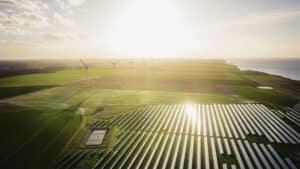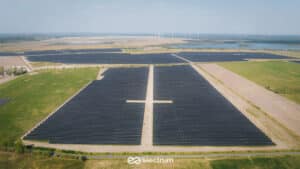
What is cable pooling?
Cable pooling is the sharing of energy infrastructure between different RES, such as wind and solar power plants. It involves using the secured transmission capacity allocated to one power plant to initiate another energy generation source in the same location. This way, available resources can be better utilized, and energy losses minimized. Cable pooling is particularly cost-effective when combining sources with different operating profiles, such as photovoltaics and wind. This can provide greater stability and reliability in energy supply, as different sources can complement each other depending on weather conditions and demand.

Cable pooling has many advantages, both for investors and the energy system. Some of these include:
- Reduction in investment and operational costs – sharing transmission infrastructure can reduce the costs of building and maintaining new lines. Moreover, better utilization of transmission capacities can avoid or limit the need to pay fees for imbalance or for reserving power.
- Faster development of RES projects – by using existing connections, new RES projects like wind or solar power plants can quickly obtain construction approval and become operational. This accelerates the energy transformation process and increases the share of RES in the energy mix.
- Increased efficiency and stability of the energy system – cable pooling can better utilize available RES resources and reduce energy losses. Furthermore, by combining sources with different operating profiles, reliability and stability of energy supply can be increased, reducing the risk of power outages and ensuring greater system flexibility in responding to changes in demand and supply.
- Minimization of environmental impact – sharing transmission infrastructure can reduce the negative environmental impact often associated with building new lines. It can also limit greenhouse gas emissions and air pollution by increasing the share of RES in energy production.











